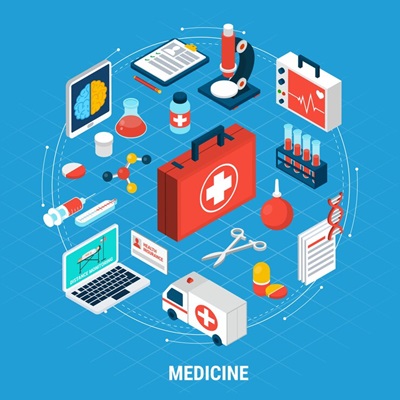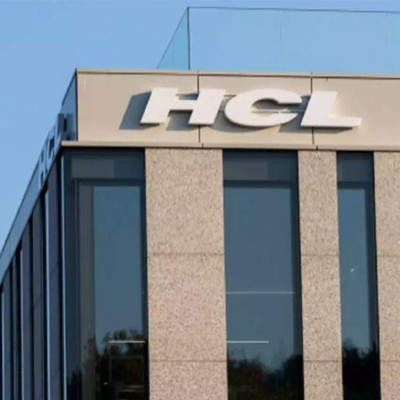How SIEM Tools Fit Into the Security Strategy of a Healthcare Organisation

In the high-stakes arena of cybersecurity, every day presents a new challenge, a fresh test of resilience. For Richard Kaufmann, assuming the mantle of Chief Information Security Officer (CISO) at a leading home healthcare services provider, the first 90 days proved to be a baptism by fire. The heart of the organisation's security infrastructure, the Security Information and Event Management (SIEM) system, unexpectedly crashed.
SIEM stands as the bedrock, the core foundation of any resilient security framework. As Kaufmann reflects on his experience, the absence of our primary security beacon plunged us into uncharted waters, a disquieting reality to confront.
Yet, adversity often serves as a crucible for transformation. Rather than succumbing to panic, the executive echelons of Amedisys perceived this setback as a clarion call for evolution. "The leadership team was cognizant of the cyber landscape and astute enough to recognise an opportunity amidst the chaos," Kaufmann recounts, his eyes gleaming with determination.
In a decisive move, Amedisys resolved to transcend the shackles of the past, embracing innovation as its guiding star. Enter Rapid7 – the chosen harbinger of change, the beacon illuminating the path towards fortified defences. With Rapid7's cutting-edge SIEM platform, Amedisys was bestowed with a singular source of truth, a panoptic lens into the labyrinth of digital threats. Over the following five years, the organisation dedicated efforts to fortify its security strategy.
Enhancing Healthcare Security: The Role of SIEM Tools
Healthcare security demands nothing less than thorough and all-encompassing defence measures. One key solution that has emerged to address this need is the Security Information and Event Management (SIEM) tool. According to the National Institute of Standards and Technology, SIEM is an application designed to gather security data from various system components and present it in a unified interface for actionable insights.
SIEM's primary advantage lies in its ability to consolidate security telemetry. Instead of managing separate tools for identity, endpoint, network, and email security, SIEM brings all this information together, offering a more streamlined approach for security teams.
The true strength of SIEM, as highlighted by Abraham, is its capacity for correlation. By integrating data from different security sources, SIEM helps teams identify patterns and connections that might otherwise go unnoticed. For instance, a login attempt on a specific device tied to a particular user ID becomes part of a larger security incident, rather than being viewed in isolation.
The limitations of relying solely on endpoint security tools. While these tools provide valuable insights into individual devices, they may not offer a holistic view of an organisation's overall security posture. In Kaufmann's words, without the SIEM system, it's easy to overlook the broader security landscape.
The Role of SIEM as the First Line of Defence
Integrating the SIEM tool into the defence arsenal of healthcare organisations often involves coupling it with managed services provided by their selected vendor.
These services come in various forms. In regions where skilled cybersecurity professionals are scarce, some organisations may opt for a fully managed SIEM solution. Alternatively, others might utilise managed services to complement their in-house expertise, particularly for tasks such as threat detection and response.
While having talented individuals is valuable, relying solely on a single expert is insufficient. Instead, organisations need a collaborative effort to ensure business continuity and effectively safeguard their assets against evolving threats.
.jpg)
.jpg)
.jpg)
.jpg)



